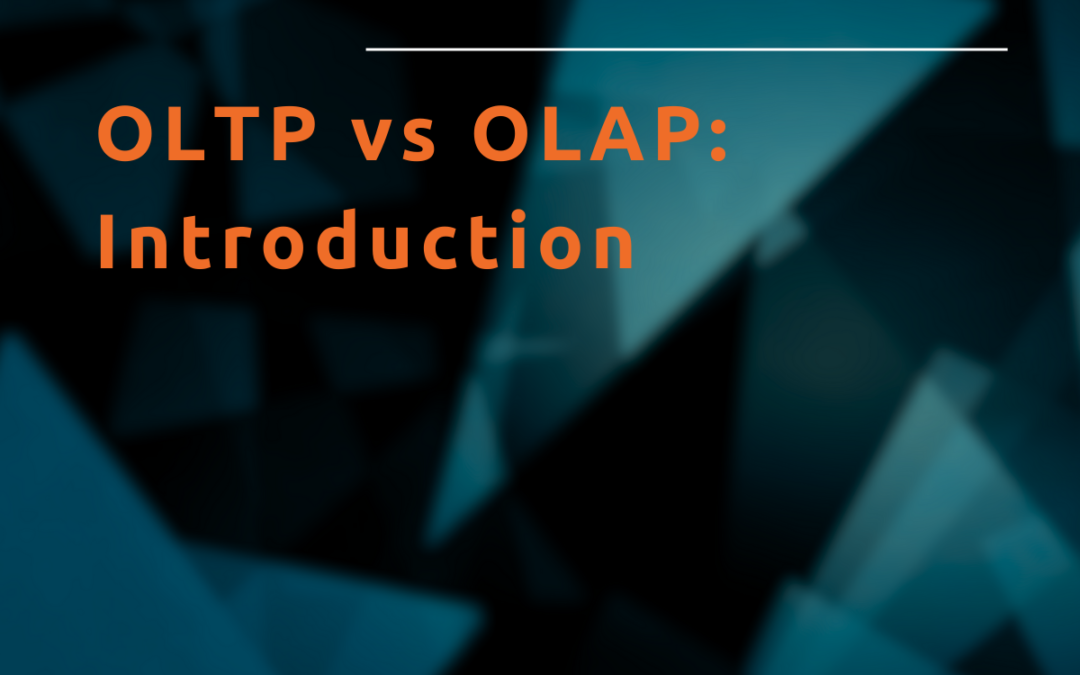In the age of digital technologies, businesses employ various tools, systems, and software to enhance management and optimize their work processes. This includes databases and information processing systems as well. They enable the analysis of the current activities of the enterprise and the creation of forecasts based on historical data.
Experts from DB Serv have conducted a comparison of the two most popular data processing systems: OLTP vs. OLAP. You will learn from the article the key similarities, differences, and potential uses of these tools.
What is OLAP?
OLAP (Online Analytical Processing) is a system employed in business analytics for intelligence analysis, retrospective data exploration, complex analytical calculations, and forecasting based on collected information. It can process large datasets at high speeds. Typically, data in the OLAP system is sourced from OLTP, data warehouses, and other sources used within the company.
OLAP is an indispensable tool for financial analysis, budgeting, forecasting, marketing and sales optimization, report generation, etc. Additionally, based on the results provided by the system, decision-makers can make informed choices regarding business promotion and development.
What is OLTP?
OLTP (Online Transaction Processing) allows for the real-time execution of numerous database transactions conducted by multiple users. These are typically everyday online operations, such as online purchases, text messages, interactions with ATMs or online banking, and creating or modifying user accounts, among others.
OLTP system rapidly process a vast number of transactions and record information related to each one in a relational or SQL database. These databases collect and store all data, which is subsequently available for reading and transfer to OLAP for analysis.
Key differences: OLAP vs. OLTP
The most significant difference when comparing OLTP vs. OLAP database lies in their purpose, as indicated by their names: one for transactions and the other for analytics. In practice, however, there are several key distinctions.
Focus
OLAP gathers data for comprehensive business analysis and critical decision-making for enterprise development. Therefore, it focuses on vast amounts of information and various sources of data collection.
OLTP is geared toward collecting information from many simple and routine transactions. Consequently, this system is excellent for performing small but frequent updates in the database.
Data Formatting
In OLAP, a multidimensional data model is used, stored in cube format with multiple dimensions. For example, a data set like “sales metrics” may have dimensions such as region, season, and product type. In a “cubical” database, you can pivot and examine information from different angles.
On the other hand, OLTP is a one-dimensional system focused on a single aspect of data. Since it employs a relational database, information here is organized and stored in table format, meaning it is recorded in rows and columns.
Data Architecture
OLAP system typically provides read-only access to users but not for writing or editing. As a result, it can efficiently execute complex queries on large volumes of data.
In contrast, OLTP prioritizes data writing operations. The system is optimized for high-frequency, high-volume transactions without compromising data integrity.
Performance
When comparing OLTP vs. OLAP, their performance plays a crucial role. For instance, Online Analytical Processing can take anywhere from a few minutes to several hours, depending on the volume, type, and complexity of the data being analyzed.
OLTP operates in real-time and is measured in milliseconds. Moreover, updates in OLTP are short and swift and can be initiated by you or your users.
Storage Requirements
OLAP’s storage requirements range from terabytes to petabytes. This vast volume is due to the system collecting, processing, and storing data from multiple sources simultaneously. Therefore, even read operations demand significant server computational power.
Information transferred from the Online Transaction Processing system to OLAP storage or data lakes may be pruned, so requirements are usually measured in gigabytes. However, OLTP also has high computational resource demands.
Availability
The backup of systems in OLAP is less frequent since current data remains unchanged. Conversely, regular or real-time backup is necessary in OLTP, where information is constantly updated. This preserves data integrity and minimizes the risk of data loss in case of a failure.
What Are the Similarities Between OLAP and OLTP?
Despite the differences highlighted in the OLTP vs. OLAP comparison, they share some common traits. Both serve as database management systems for storing and working with large volumes of data, requiring a stable, high-performance IT infrastructure for uninterrupted operation.
Additionally, both OLTP and OLAP can be used to query existing information and add and store new data. They are reliable tools to support business decision-making and fulfill the enterprise’s data analytics needs.
When to Use OLAP vs. OLTP
OLAP serves as a unified analytics platform and may require the involvement of multiple departments to aggregate all the necessary corporate data. Analytical data processing is suitable for enterprises that need comprehensive activity analysis, including historical data. Additionally, the system aids in generating reports, financial calculations, and business forecasts.
E-commerce, banking, finance, hotel, and restaurant employees use transaction processing. OLTP is suitable for businesses that offer their customers the ability to conduct online operations (payments, reservations, orders, registrations).
Implementing one or the other system should be based on your business needs. In the practical application, there are many OLAP vs. OLTP examples where companies requiring simultaneous transaction processing and analysis implement both solutions.
OLAP vs. OLTP: Which Is Best for You?
To answer this question, take a look at the comparative table below.
OLAP
Purpose of Use: Analysis of consolidated data and processing large volumes of information.
Practical Application:Performing complex analysis, identifying trends, creating reports.
Data Structure:Multidimensional (cubic) database.
Types of Processed Queries:Complex queries.
Response Time:Depending on the volume of processed data, from seconds to several hours.
Data Sources:Historical and consolidated data from transactions from multiple sources.
Data Storage: VolumeHigh volume requirements, using terabytes and petabytes.
Users:Business analysts, managers, data analysts.
OLTP
Purpose of Use: Processing database transactions and a large number of small operations.
Practical Application: Handling online transactions, orders, managing customer data, and inventory updates.
Data Structure: Relational database.
Types of Processed Queries: Simple standardized queries.
Response Time: Milliseconds.
Data Sources: Various real-time transaction data from a single source.
Data Storage: Relatively small requirements, within gigabytes.
Users: Customer service representatives, administrators, internet users.
A comparative analysis of OLTP vs. OLAP databases shows that each has its advantages and characteristics, designed for different purposes. However, both can equally become valuable tools for optimizing the processing and storage of large volumes of data.
To determine which system (or both) your business needs, conduct your own research or consult with professionals at DB Serv. We will provide comprehensive guidance and promptly assist you in choosing the best option!

